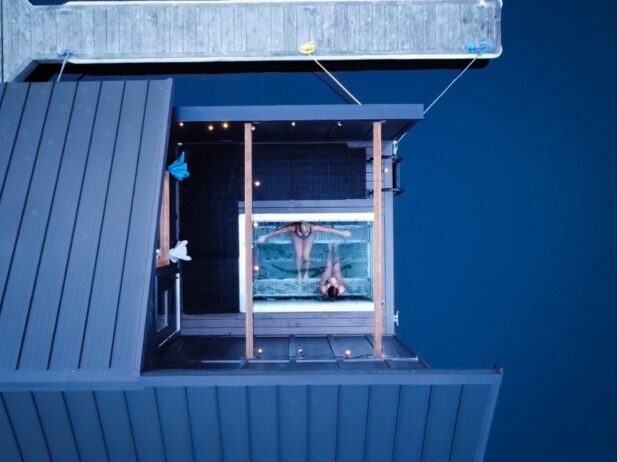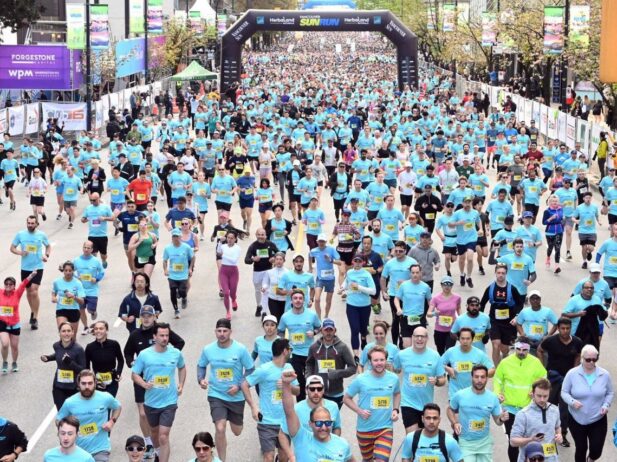
Flickr/drewleavy
Plan your fitness training program and then execute it to reach your goals
The saying “failing to plan is planning to fail” is especially applicable to a fitness training program
Before I started putting together my fitness training program, I wanted to have some baseline measurements. I had my bodyfat and girth measurements taken, and then had my aerobic fitness tested.
Here are some of my results:
- 12.9% body fat
- 185 lbs (24 lbs fat mass, 161 lbs lean mass)
- VO2 max = 53.9 ml/kg/min
- Speed @ VO2 max = 14.3 kph (kilometres per hour)
- VO2 max heart rate = 190 bpm (beats per minute)
- Aerobic threshold = 11.9 kph, 171 bmp
- Lactate threshold = 13.2 kph, 180 bmp
Outcome vs. Process Goals
Now, with a way to measure success, I could set some SMART goals and come up with a plan to achieve them.
When you set goals, the final goal is called an outcome goal. Success is simple to measure; you either reach it or you don’t.
In my case I have some specific body composition goals I want to reach by January 1. I want to be 10% or lower in body fat and weigh under 180 lbs.
But to reach those goals I’m going to need a plan. And a plan is made up of process goals. I’ll set a number of weekly workouts I need to do, and come up with a nutrition plan. For process goals you measure success if you’ve taken the action you set out to do.
For example, I plan to do strength training workouts twice a week in the gym and run three times a week in the first two months of my program. In a couple of months I’ll bump that up to running four times a week. I’ll schedule these workouts into my calendar and tick them off as I complete them. Success in this case is a process. One workout by itself won’t get me to my final goal of 179 lbs., but by sticking to my plan I’ll get there.
My Nutrition Plan
I’m going to follow the 80/20 rule for a couple of months and then bump up to the 90/10 ratio. By that I mean I’ll eat according to the guidelines of the Precision Nutrition program 80% of the time and let myself “cheat” 20% of the time. A cheat is anytime I don’t follow John Berardi’s rules of good nutrition. So if I eat five meals a day, seven days a week, that’s 35 meals a week, which means seven of those meals can be a “cheat” meal.
So my nutrition plan is a set of process goals. I’ve either eaten according to my plan or I’ve cheated. As long as I maintain my ratio of eating well to indulging a little, I’ll reach my goals.
You may ask why I’m cheating less later in the program. I first want to make sure I stick to a good nutrition program and the 80/20 rule is very doable for me. I’ll develop good habits to eat healthy (I’ve probably been 70/30 this summer) which will help me in the next phase using the 90/10 ratio (eating healthy 90% of the time). Since I’m already pretty fit and fairly lean it’s going to take some effort to drop fat and get fitter. I’ll need to get really disciplined and eat clean most of the time to drop to single digit body fat levels.
And that’s my plan to get fitter. You can use this process as a template to design your own fitness training program. First, figure out where you’re at now and how are you going to measure your success.
Next set some SMART outcome goals. Finally come up with a plan that includes your process goals to outline the steps you’ll take to reach your final goal.







